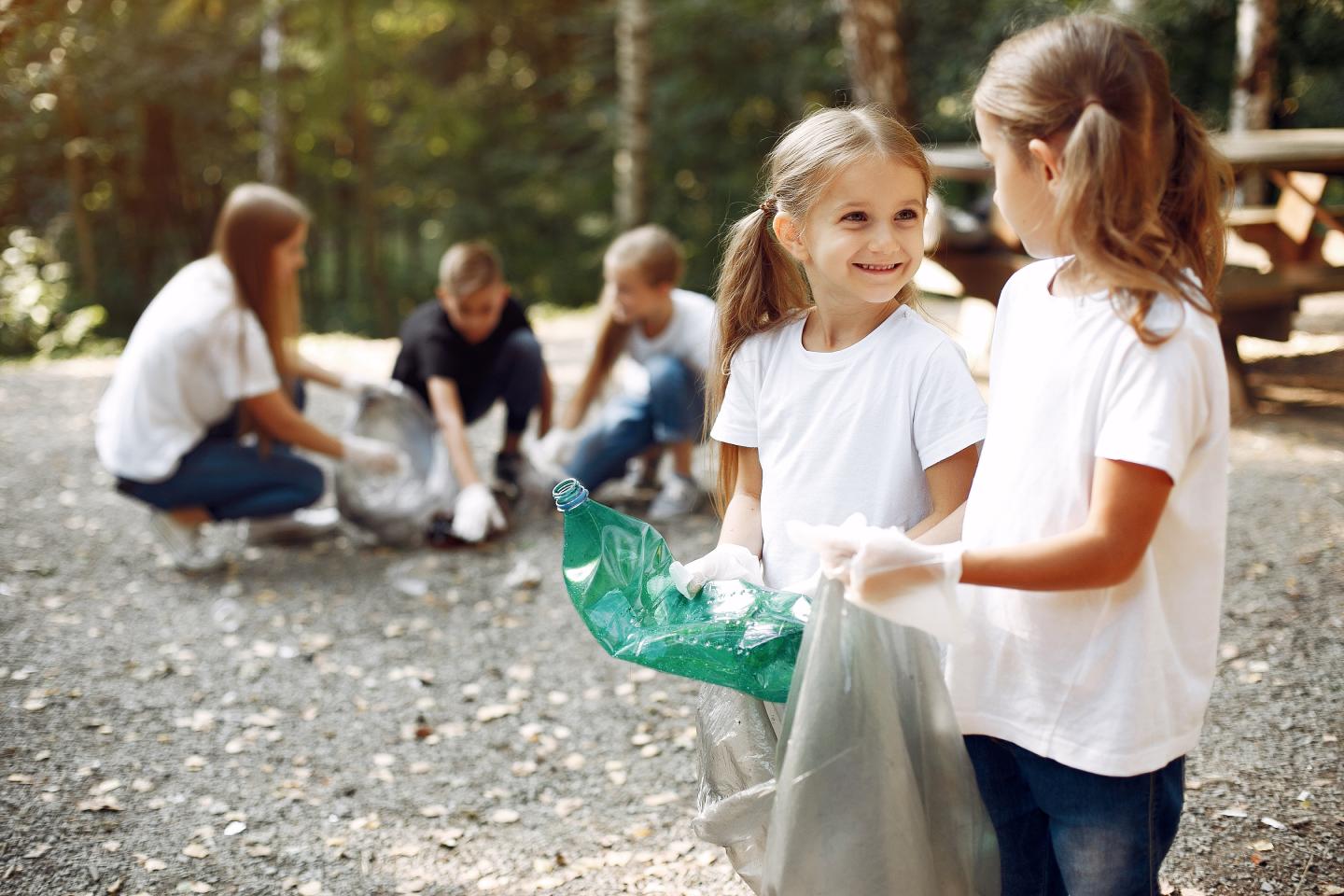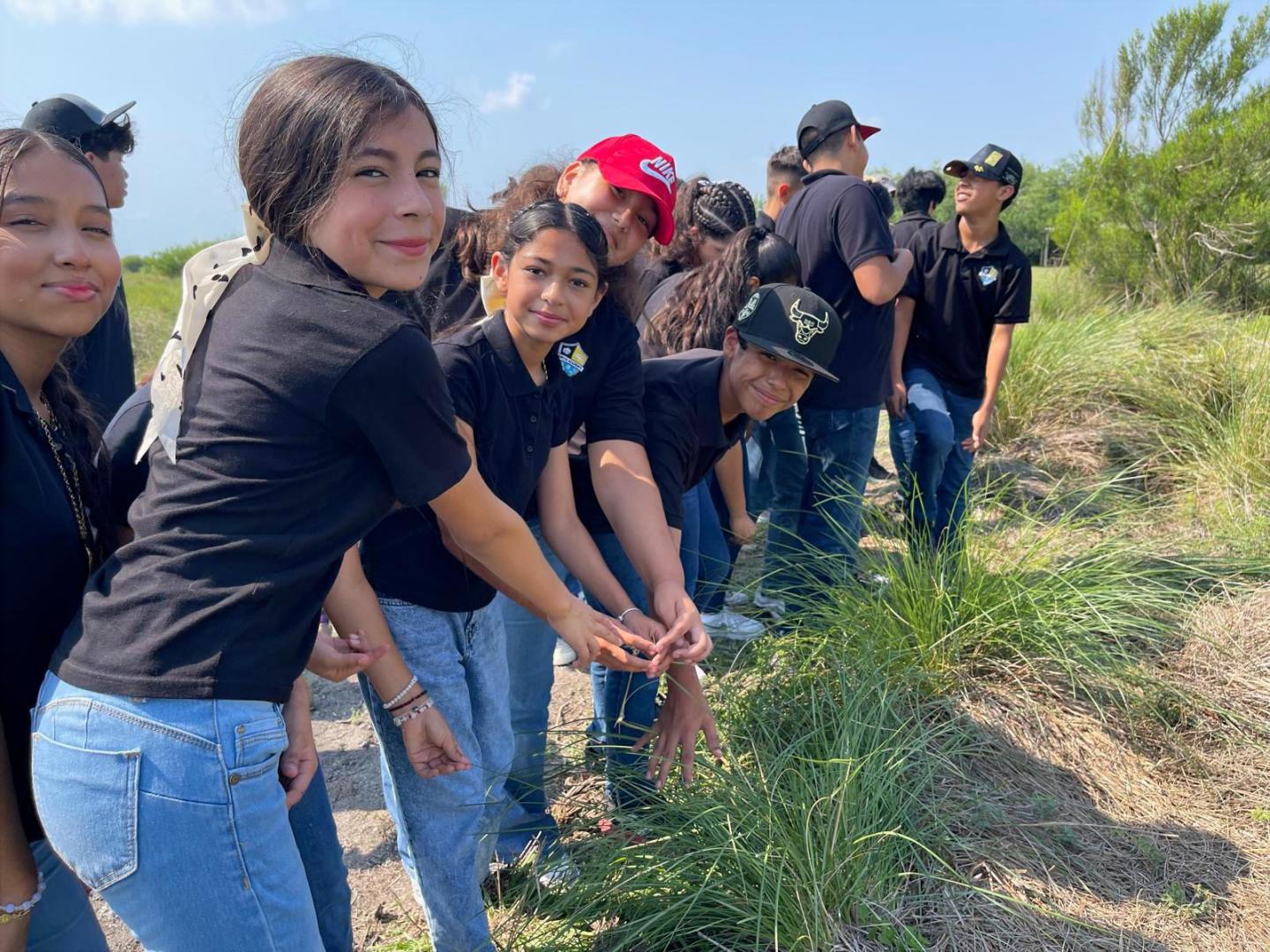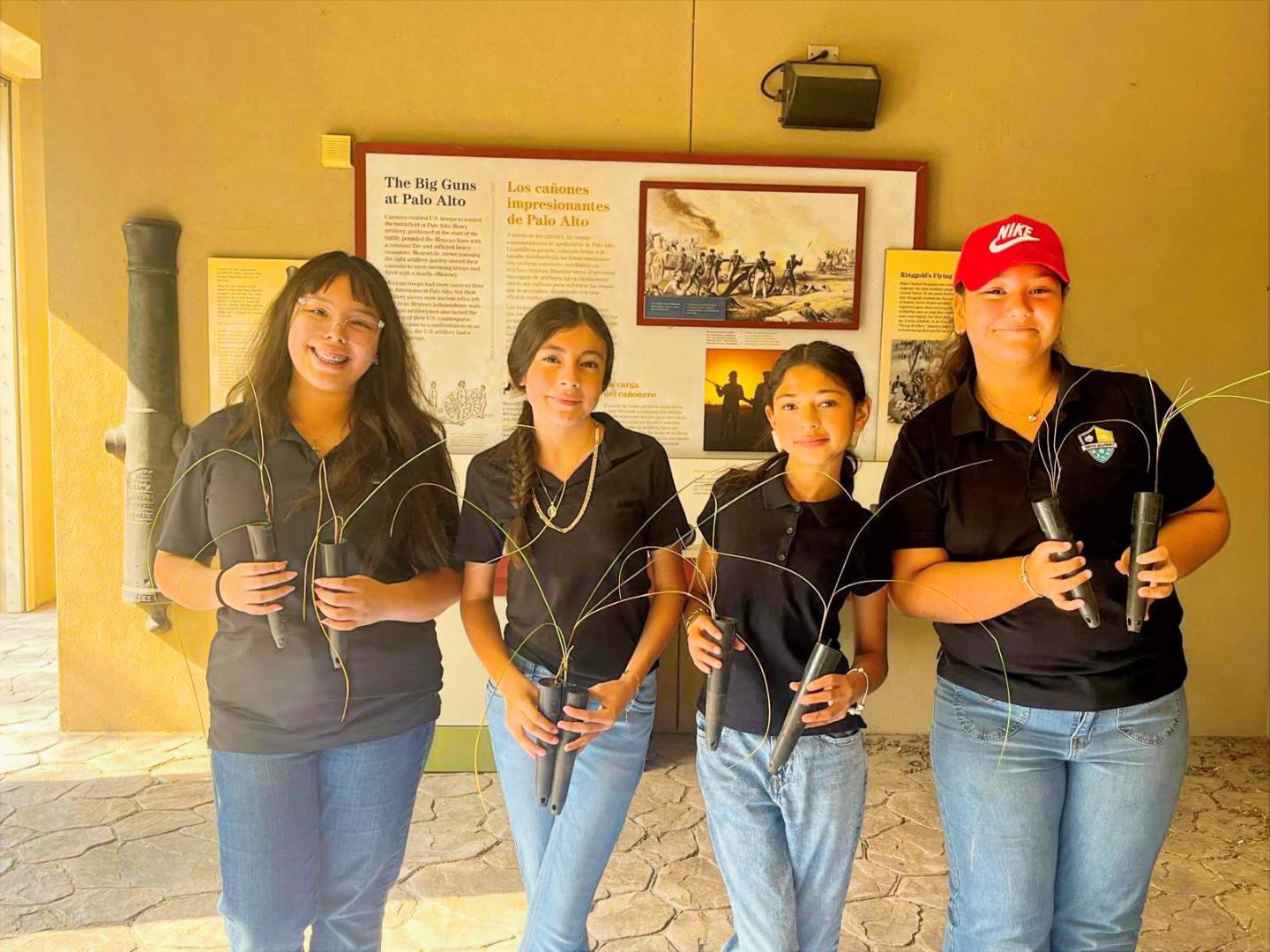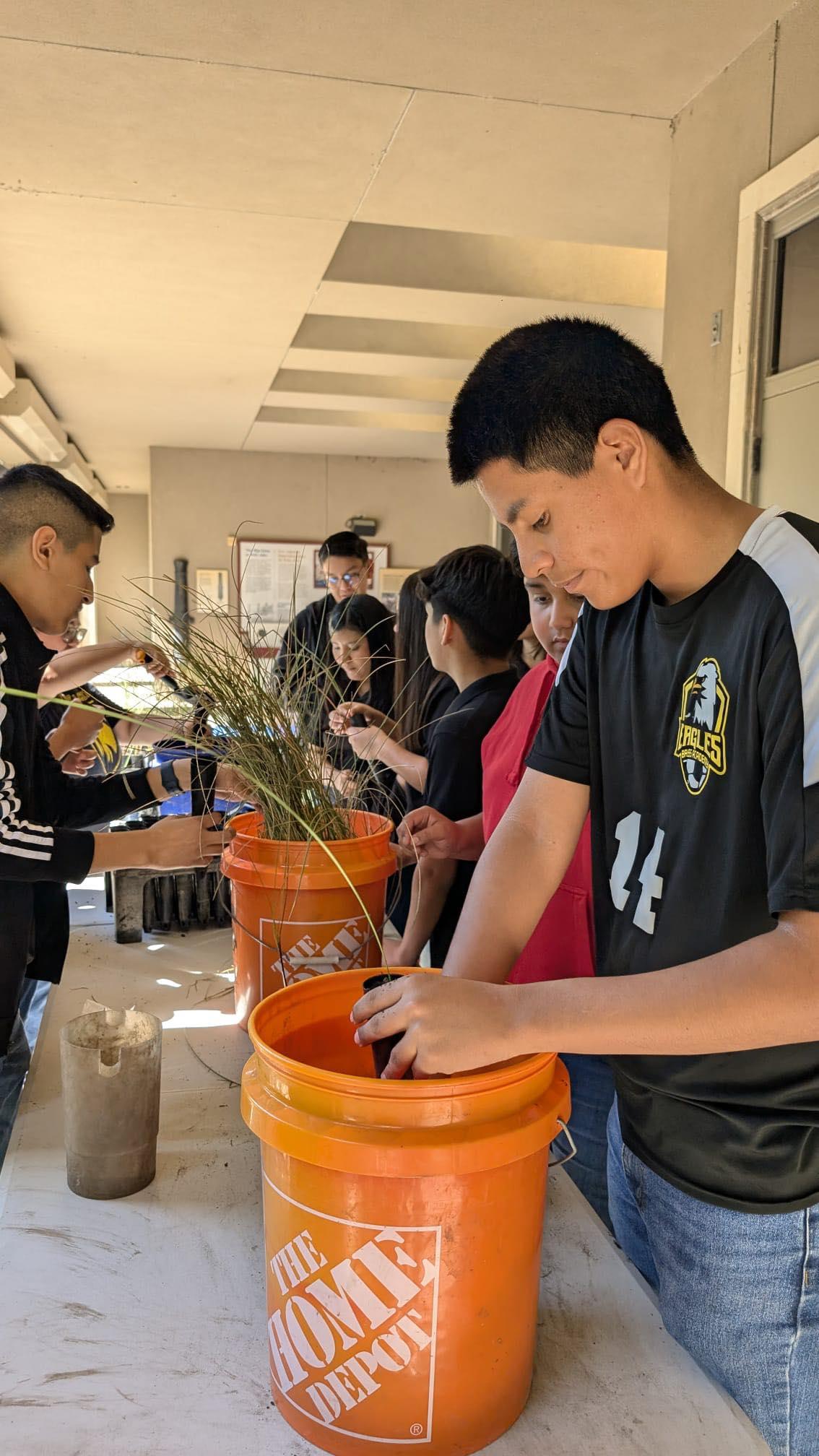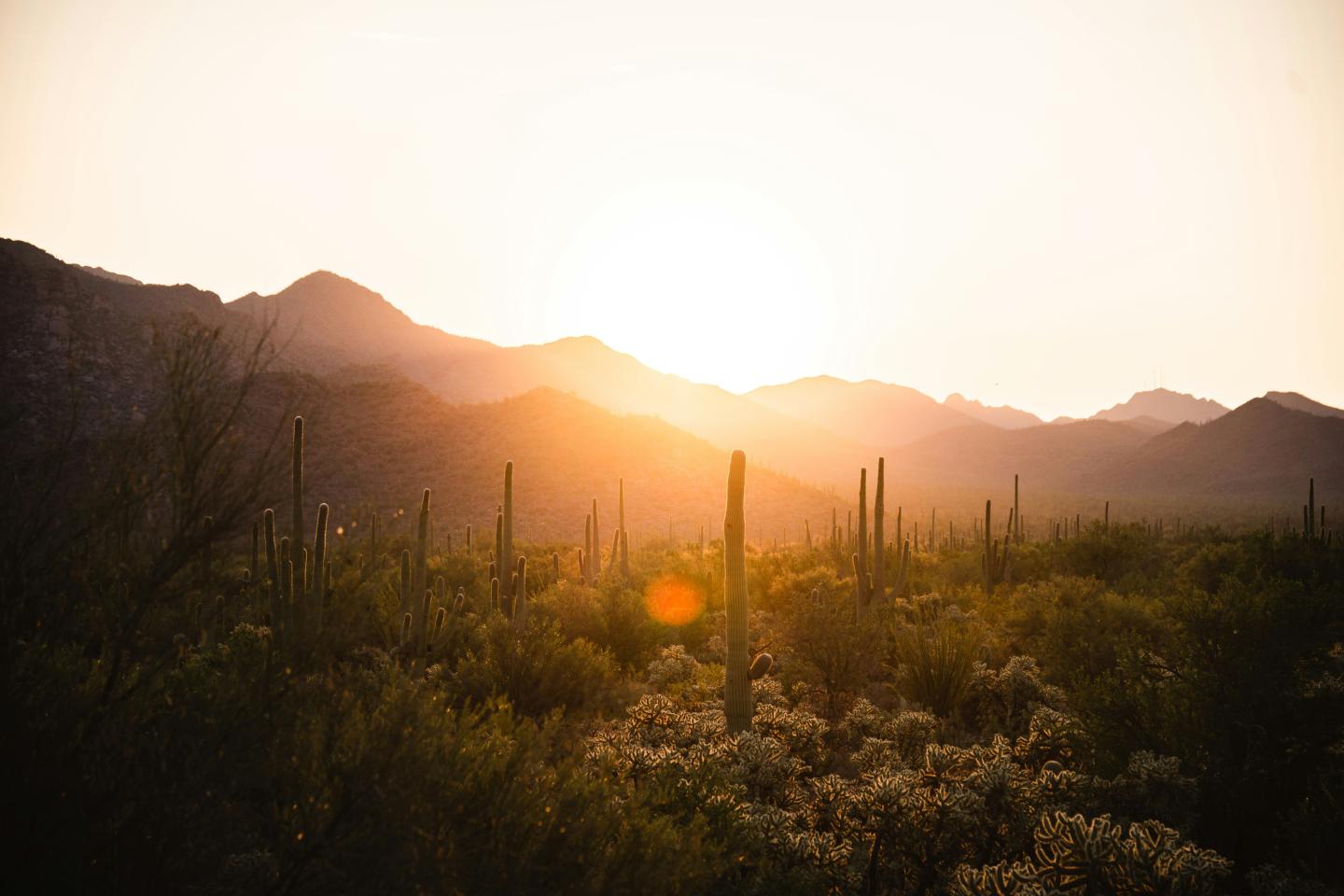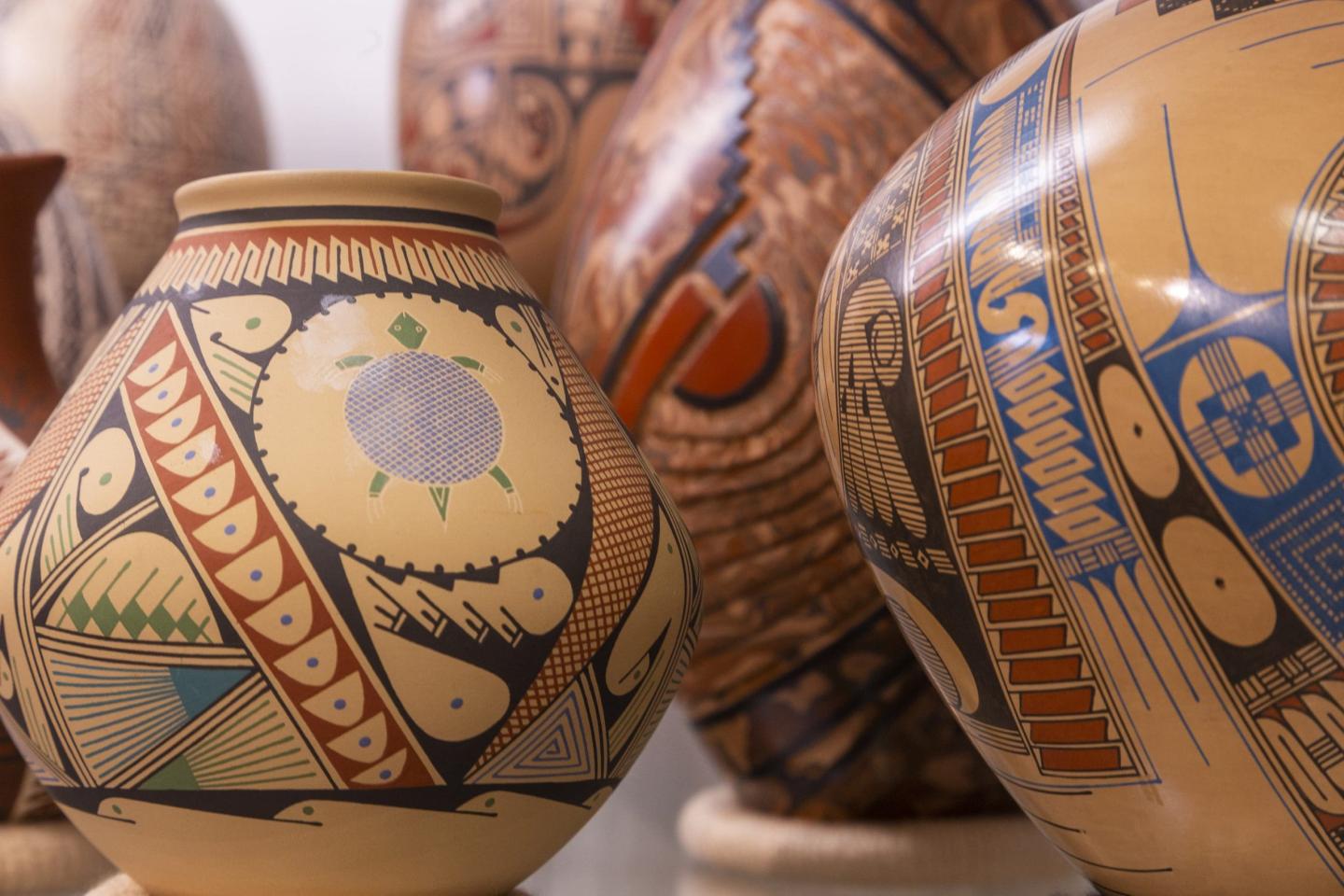
Western National Parks supports engaging field trip to Palo Alto Battlefield National Historical Park
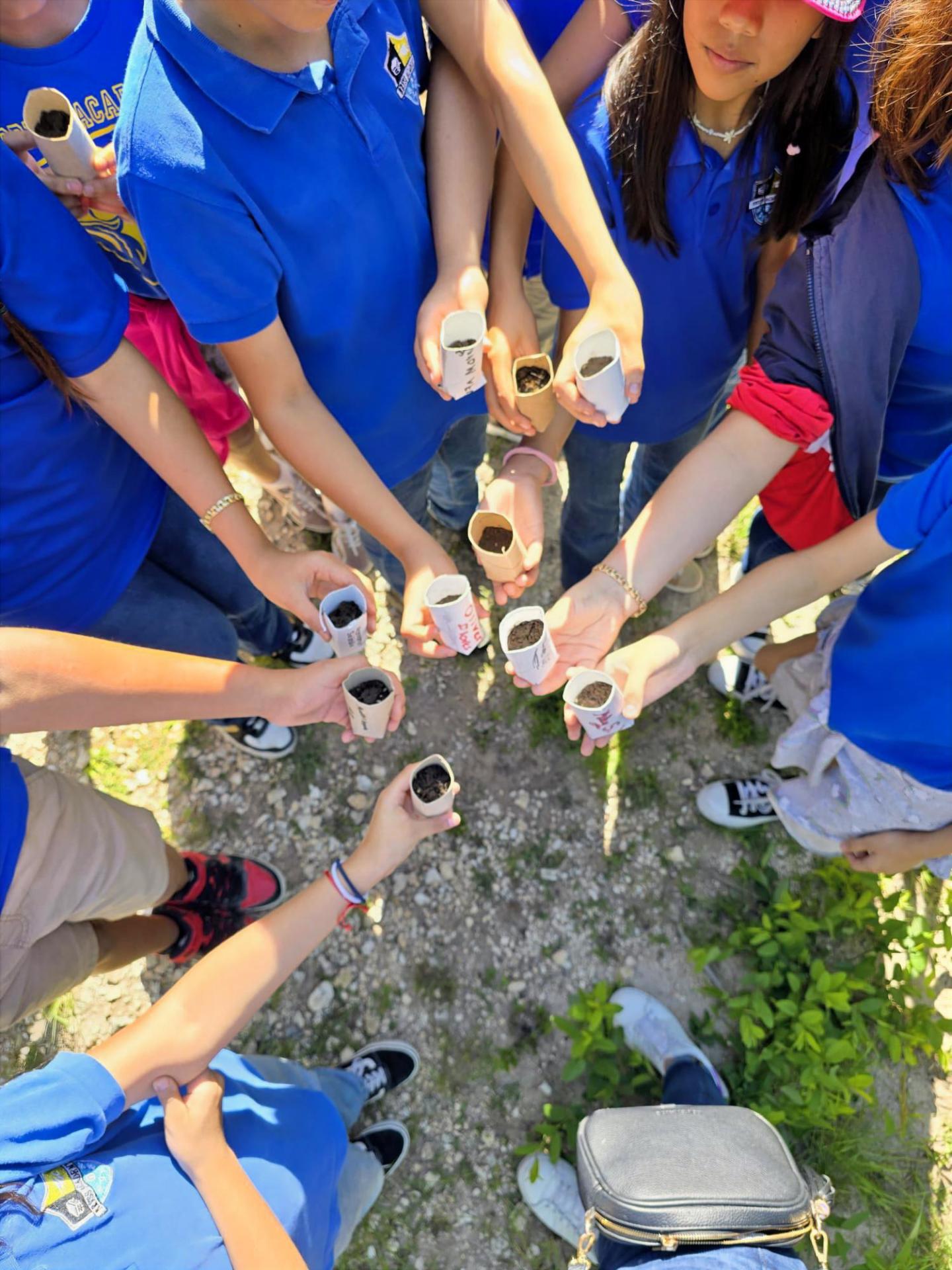
Teacher Stephanie Mendoza received a 2024-2025 James E. Cook Nature's Classroom Grant to bring nearly two hundred students to Palo Alto Battlefield National Historical Park.
A national park can turn a history or science lesson into a hands-on adventure. Students can step inside centuries-old dwellings, study the layers of a canyon wall, or observe wildlife in its natural habitat—all while connecting classroom concepts to the real world. Yet for many young people, these opportunities remain out of reach due to distance, cost, or lack of resources. With support from WNP's James E. Cook's Nature's Classroom Grant, one Texas teacher broke down those barriers, opening the door to an unforgettable learning experience and inspiring a love and respect for our shared natural and cultural heritage in new generations of park advocates.
During this immersive field trip, 173 fourth-to-eighth-grade students helped restore a critically endangered habitat at Palo Alto Battlefield National Historical Park in Texas. Palo Alto Battlefield protects one of the only remaining pockets of coastal prairie in the United States, an ecosystem that once covered over eight million acres. In 1846, when the Battle of Palo Alto occurred, the park was entirely covered in cordgrass. Today, only five percent remains.
During the park visit, students from Brownsville Raul Yzaguirre STEM Scholars Academy (BRYSS) worked alongside park rangers to create cordgrass plugs that would be planted by park staff. The trip was part of the school’s “Prairie Protectors” program, an interdisciplinary park-themed program designed to teach students about the importance of native habitats and how the National Park Service works to protect them. The trip was a transformative experience for many of the students.

Planting a pollinator garden
The students also planted native pollinator wildflower seeds in recycled toilet paper rolls, which were brought back to the school’s campus to create a pollinator garden. Mendoza wrote that the students were given autonomy to organize and complete the project themselves. “It was eye-opening to witness their leadership and collaboration,” she wrote to WNP. “They appreciated being treated like adults and embraced the responsibility.”
The planting activity deeply resonated with one student; “I learned that pollinators, like bees and butterflies, are important because they help plants grow fruits and seeds. In return, the plants give pollinators food like nectar and pollen. But pollinators are in danger because there aren’t enough flowers and plants left for them. We can help by planting native wildflowers.”
“We made seed planters using toilet paper rolls, which was super fun. We planted seeds for native flowers that help pollinators like bees, birds, and butterflies....We’re really excited and hope to see lots of butterflies flying around [the school garden] soon! ”
—BRYSS Student
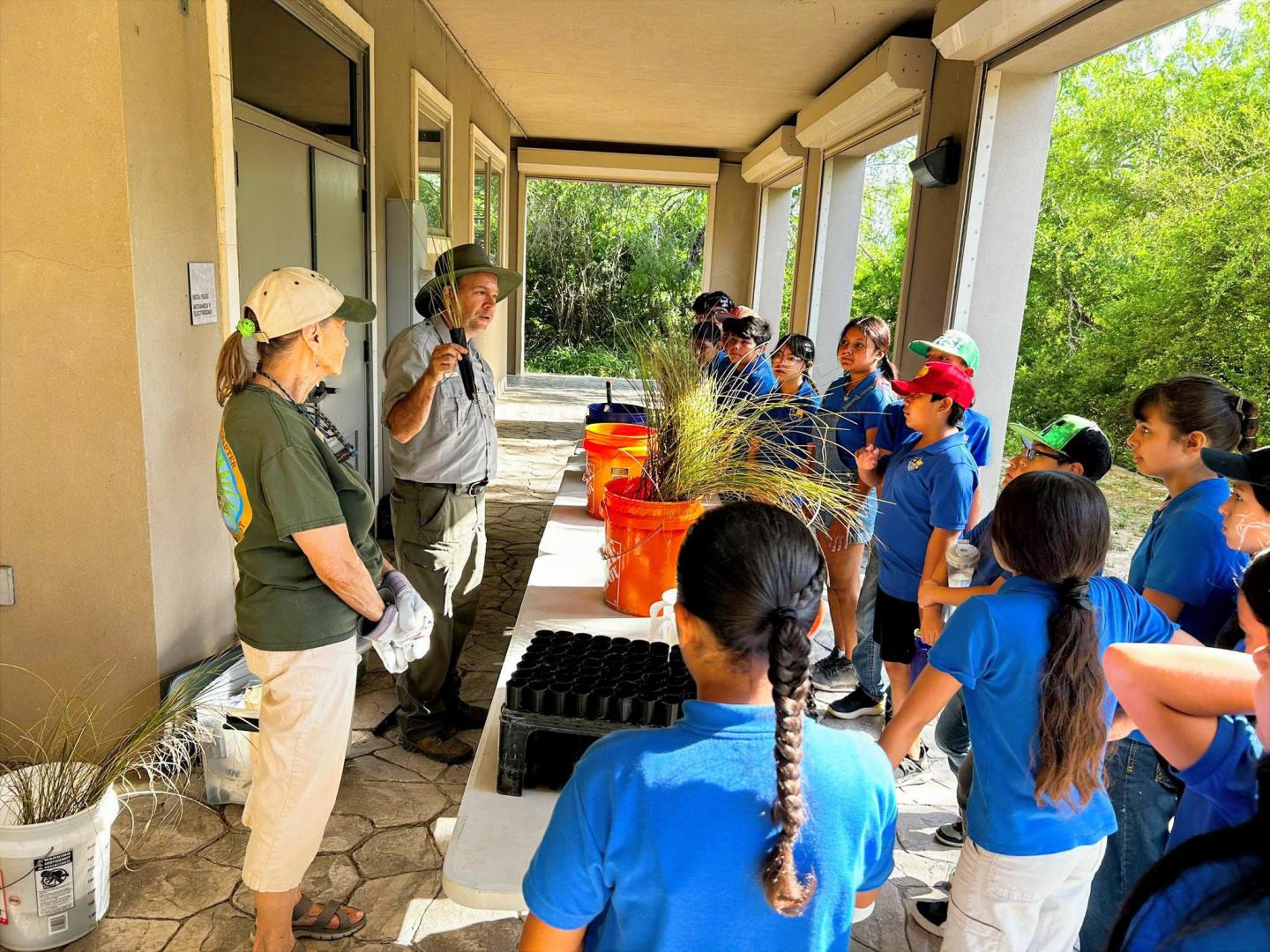
Envisioning the future of Palo Alto
The students also created illustrations of Palo Alto’s ecosystem in the 1500s, in 1846, and 200 years in the future. Their pictures featured pristine natural environments, polluted landscapes, and even robots protecting wildlife within the park.
Park rangers will continue to visit BRYSS throughout the 2025-2026 school year to teach students about the importance of protecting public lands and natural resources.
“It felt good to know I was helping the park. I want to go back one day and see how our cordgrass is growing.”
—BRYSS Student
WNP is proud to have supported this transformative experience that allowed students to deeply connect with the environment. To learn more about, and apply for, the James E. Cook Classroom Grant, visit the awards, grants, and scholarships page here.


